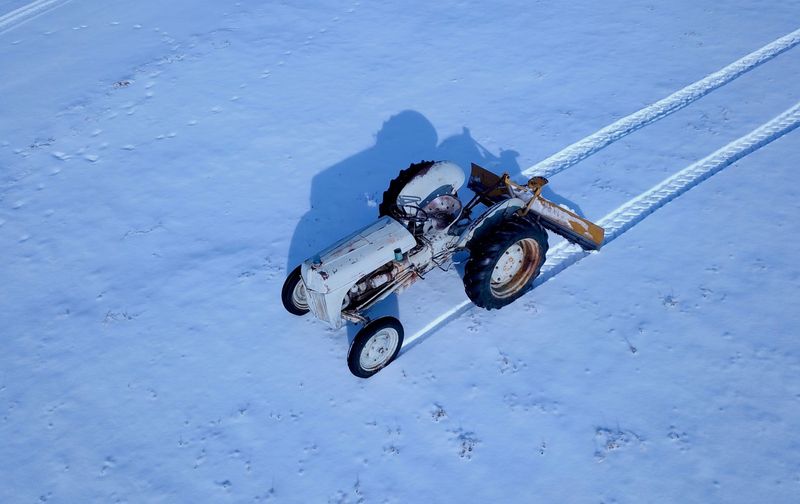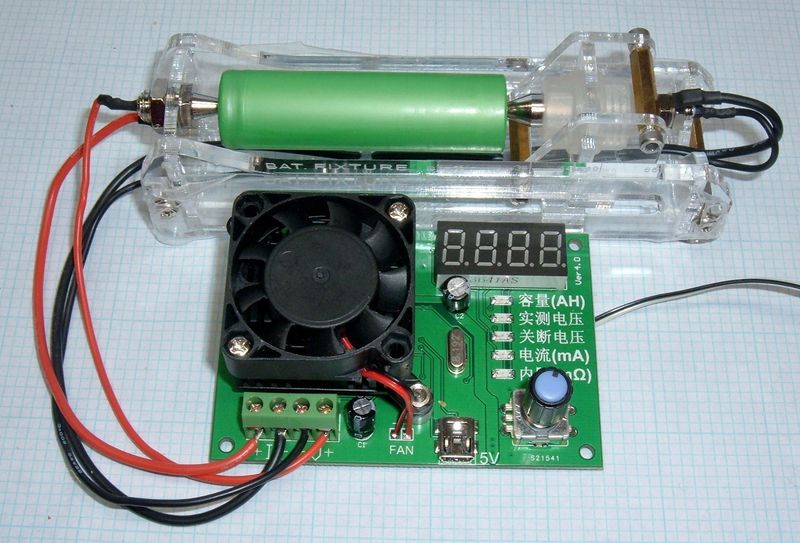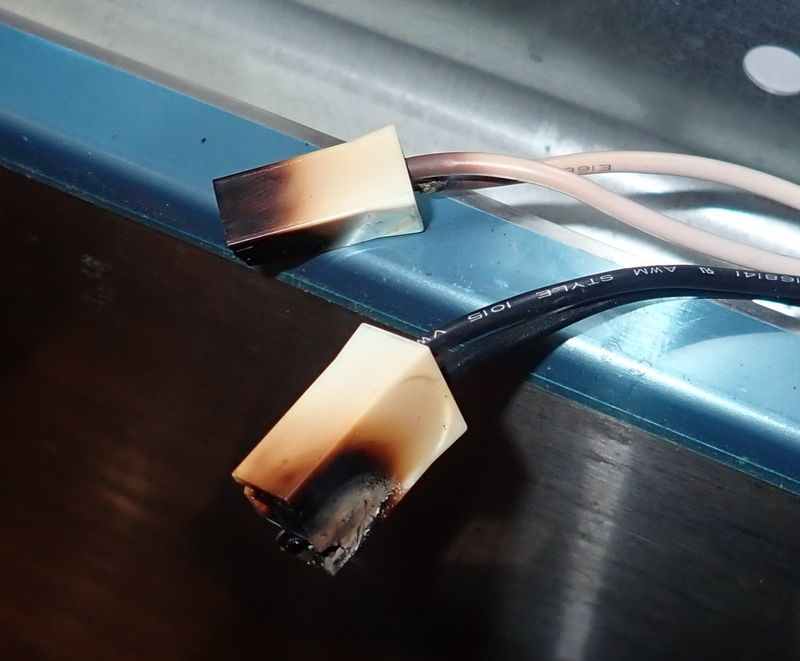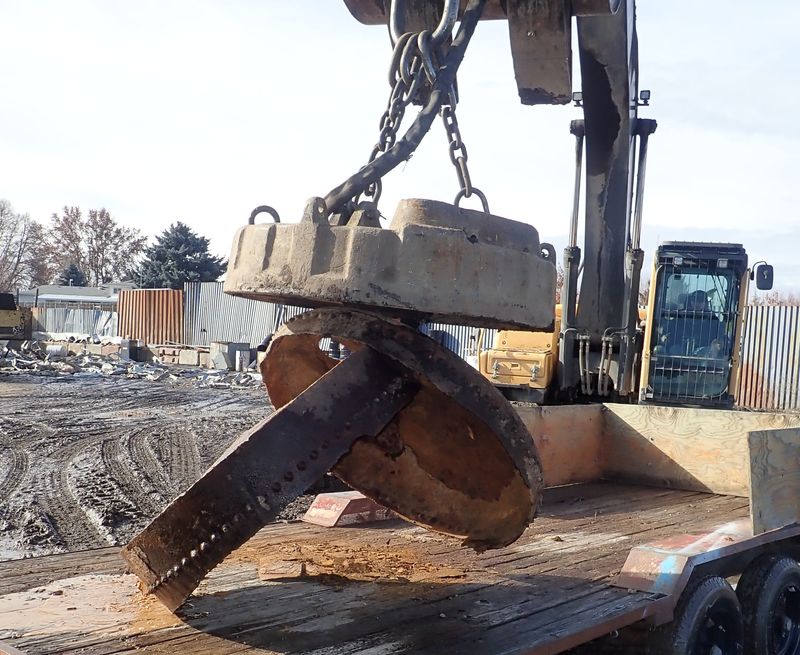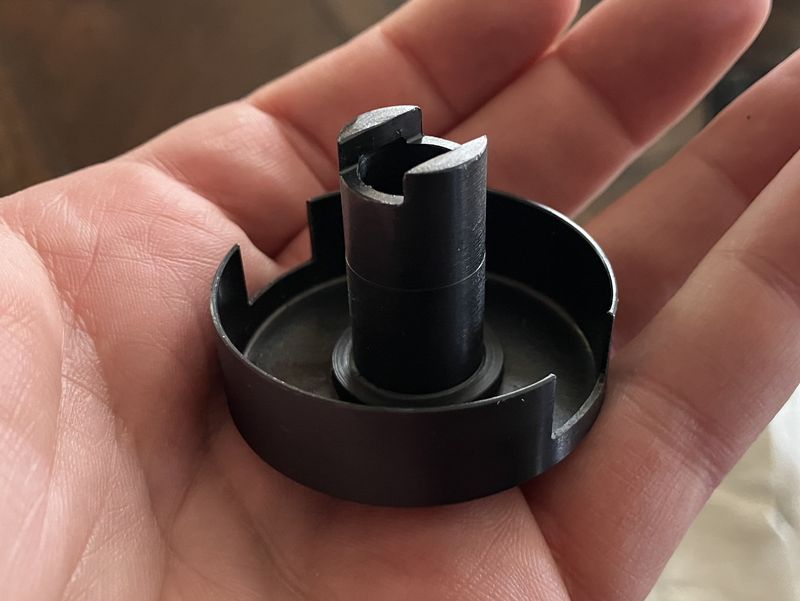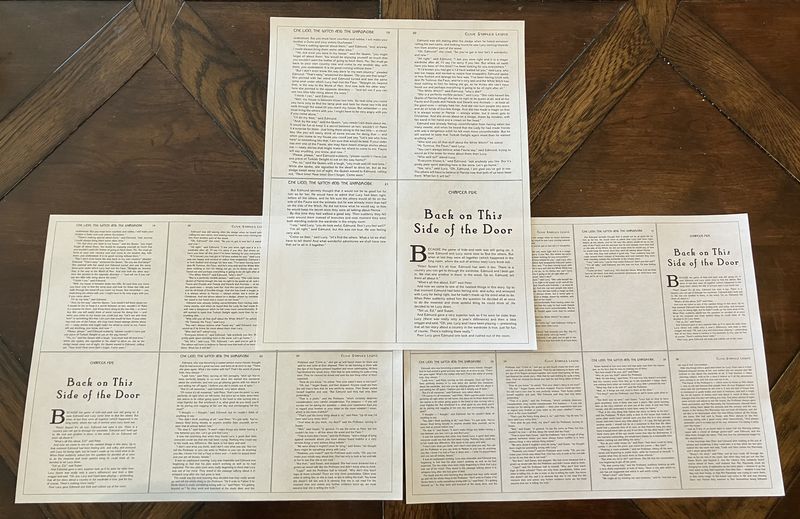Ah, the New Year’s Post. Resolutions for the new year, because we happen to be at the overflow point in our day numbering around the sun. By March, we’ll remember to write 2018 on checks (other people still use those, right?), and statistically, most of us will have forgotten the resolutions. But, it’s still a tradition, and one I’m going to put to some good use. I’ll call this a bit more “public planning” than “resolutions,” because I prefer the first term to the second, but the difference is probably splitting hairs.

I wrote up my thoughts on 2017 last week, and this week builds on those. Much of what I tried in 2017 worked very well, and I intend to continue working on those things. So keep reading to see what 2018 might bring!
Extreme Distraction Reduction
My experiments in 2017 with reducing distraction went very well indeed - to the point that I intend to continue them and strengthen the separation. I’ve paid attention to my remaining “ooh, shiny!” tics, and am intending to continue a very recent change in smartphone habits: Not having my phone near my bed at all. I’ve recognized that, for no good reason, I tend to poke at my phone if I’m awake in the middle of the night. Why? Good question. The current state of my office power system doesn’t really matter at 3AM (I check it before bed to make sure I didn’t leave anything on in there). My email doesn’t matter. Whatever’s happening on the Ars forums doesn’t matter. So why do I check it? No idea. But it’s not helpful, so I’m getting rid of that temptation. Getting out of bed to go check email at night is absurd, so checking email from bed should be similarly absurd.
In place of a smartphone alarm, I’ve gone back to an oddly faithful clock of mine. It’s near enough to 30 years old (I don’t know the exact age), it requires a bit of fiddling when I change the batteries (though I think I’ve resolved this properly now), and it’s bulletproof reliable. My Crayola alarm clock.

I’ve been looking into other methods of reducing distraction as well, and I think I’m going to borrow a few ideas from Cal Newport’s “Deep Work” book (there’s a blog post in progress on this as well, but I highly recommend this book). One of the more challenging ideas is to schedule time to use it deliberately. We’re really bad at this, the internet at large encourages the wasting of huge chunks of it, and massive amounts of time go disappearing down the memory hole without even waving as they go past. I want to try fixing this.
Think about your day. How many of you, in the morning, would allocate large chunks of time to “screwing about on the internet”? How many would, at the end of the day, say that described more of your day than you’d like? Thought so.
Another aspect of this time planning is setting aside time for dealing with distractions. Email is a good one. For most people, most of the time, you can realistically schedule an hour or so a day (hopefully less) to handling email. I don’t care if you go for Inbox Zero, or GTD, or any of the other plans of handling the torrent of email that everyone gets, but set aside time specifically for handling it - and then don’t deal with it the rest of the day. It makes it more obvious how much of your day it involves, and it prevents it from distracting other projects when you should be heads down in something useful. This may or may not be doable depending on your work environment, but you can strive for it.
If you’re using Self Control or some other “block distracting websites while you shouldn’t be screwing around” app, consider adding your email servers to it. And, if you have email notifications that show up (task bar icons or anything), turn them off!
For writing (say, blog posts), the full screen mode on a browser helps a lot as well.
Another tip, inadvertently discovered: If you log your phone browser out of all the websites, and remove all the history (my phone battery really needs replacement and I was troubleshooting before I discovered just how bad the battery is), an awful lot of “Oh, I’ll just pull my phone out and check…” turns into “Oh. Never mind, I have to type the full URL and go find my password for that site. Never mind.” Which I consider a win!
The Email Reduction Project
Related to above, I’ve decided that in 2018, I’m going to just unsubscribe from the torrent of crap that pours into my inbox. Yes, it gets filtered into updated, or promos, or… whatever category, but I’d just rather it not be there. I don’t need a steady stream of emails, and I’ve learned to recognize that little hit I get when a new email has arrived. “Ooh, new email! Important stuff… oh, just promos trying to get me to spend money on… I don’t even know why I get that email.” Just start clicking unsubscribe, and if companies don’t obey, use your mail program to route them to spam. Google is pretty good at this with email, and I’m quite happy paying them a bit to deal with spam filtering (yes, I pay them, so I’m not in the “free tier”). Try it. I think you’ll like it. My goal is getting down to about 5 emails a day, all of which are actually of interest to me. This includes billing/shipping notifications and such, so it’s a bit of a challenge. I’ve made some progress here so far, and checking email to find nothing new is actually very refreshing after so many years of a deluge. New emails were exciting in 1997. Not getting new emails is exciting in 2017. Think about that…
Small Electronics Work
I did a bit of small electronics design in 2017, but I really didn’t get as much done as I’d like - and, not as much “property useful” electronics work as I would have preferred. I’ve got some prototypes built for wireless moisture sensors, and I know how I plan to convert them into a full on open source garden/lawn moisture control system, but I haven’t done it yet.

I also have a bunch of work to do on solar and ultracapacitor work for powering property equipment. Lithium ion batteries are great for many things, but don’t last very long when subjected to “outdoor abuse.” They get too hot in the summer, and too cold in the winter. Ultracapacitors show a lot of promise for this type of environment (as well as recovery from 0V after long dark weeks of inversion), but I don’t have a good control system worked out for them. I want to work a cheap system for using ultracapacitors as power in 2018. I’ve found some ICs I’ve seen that supposedly work very well with solar and ultracapacitors, plus the ATmega chips will run on lower voltages if you clock them down a bit.

There’s some other stuff in my office that’s just waiting to be built out. I’ve got the parts, I just don’t have the time. Part of the above distraction reduction is to get myself more usable time to design and build this stuff.
I should also dig through and review various electronics I have laying around (and then get rid of much of them - some of them are utter crap that will never be connected to anything after I finish mocking them). I may have a “garage sale” post at some point this year with stuff I don’t use anymore, or I may just toss things on eBay.
Property Improvements and Growies
A lot of the rest of my goals for 2018 relate to the property, and to growing things. Despite an abysmal start to the gardening year in 2017, and an old garden patch we knew nothing about, we got an awful lot of nice stuff out of it. While we won’t have quite as much labor available in 2018 to handle the gardens (another kid due mid-summer), if I can get the electronics and moisture systems worked out, it won’t matter as much. But I want to expand out the garden beds, build a large three bin compost setup, and get a worm bin going. I might try out an aquaponics trial with some 55 gallon plastic drums, but that might be a bit ambitious for this year. Small steps.
One specific goal is getting my daughter more involved in growing stuff. She’s shown interest in having her own (small) patch of garden, and I think this is a grand idea for her.
I’d also like to make progress on some of the property infrastructure. This is mostly trenching (through our awful basalt) to run large water lines from a central point that will eventually have a water storage tank, and probably adding some underground feeder pairs in the process for remote power distribution (and probably some ethernet cable and RS485 pairs, just for fun). I don’t expect to finish this project in 2018, but digging in the dirt is fun - and great exercise.
Part of this also involves using my tractor (1939 Ford 9N) to disc some better firebreaks in the cheatgrass and generally work on removing cheatgrass. Cheatgrass is a massive problem out here, and it’s absurdly flammable by the end of summer. A bit of real world testing indicates that the existing firebreaks I cut aren’t sufficient. I may consider decent sized gravel areas around certain structures (like my office) as well - it would make things less muddy in the spring and also offer better fire break around the important stuff.
I’ve said I plan to build a deck this year, but I’m not sure I’ll actually have the time and money for that - especially with a new kid on the way. I may get around to building some replacements for my old cinderblock “temporary” stairs, though. I’ve learned that I tend to get trapped in “analysis paralysis” on projects, and that, very often, the right answer is to just go dive in with a shovel, a circular saw, some lumber, and start working out the details as I build.
Basalt Work
I also intend to start the early stages of what I’m going to call my “Basalt Works.” You may have gotten the impression from various posts that I live on a pile of basalt with a bit of dirt covering it - and you’d be right. The stuff hides against the background very well, but I’ll rip it out and do something useful.

The upside to this is that I have access to functionally infinite amounts of basalt. I’ve got many tons on my property, and there are vast piles of it near farm fields around here - people just drag it out when they plow fields and leave it by the side of the road. My current understanding is that if you’d like some, just grab some. There are some piles around my immediate area as well, which I also understand are free for the taking.
It’s seen mostly as an annoyance out here, but I want to be positive, and look at it as a resource. It’s, quite literally, free building material. If I can learn to work it, shape it, and build with it. I’ve seen plenty of basalt foundations and structures around here (100+ years old and still look nearly new), and 2018 seems a good time to go learn more about them. I have several projects that I can use basalt for, some of which are definitely multi-year efforts if I’m going to dig them and build them by hand.
Locally Resilient Systems
With a lot of what I’m trying to do, I want to work towards something in the realm of “Locally resilient systems.” That means, to me, systems that work without much or any external infrastructure beyond the property (no “cloud connectivity” needed for watering things), and systems that are robust enough that they work through various failures. And/or that are easy to test, verify, and repair. With the hardware I start designing and using, this means open source designs so that other people can use and repair them, and a minimum of excess functionality. There’s no point in having a full on Linux running on a device that turns a faucet on and off, and some rather substantial downsides to that in terms of cost, complexity, and security. So expect some thoughts on that going forward when I’m working on projects.
Book Reviews
Finally, I read a lot. I’ve decided to start keeping track of my thoughts on books I finish and sharing them at the bottom of blog posts. It certainly won’t be every week, but I should get 20-30 books finished this year.
What do you have planned for 2018?
Comments
Comments are handled on my Discourse forum - you'll need to create an account there to post comments.If you've found this post useful, insightful, or informative, why not support me on Ko-fi? And if you'd like to be notified of new posts (I post every two weeks), you can follow my blog via email! Of course, if you like RSS, I support that too.


